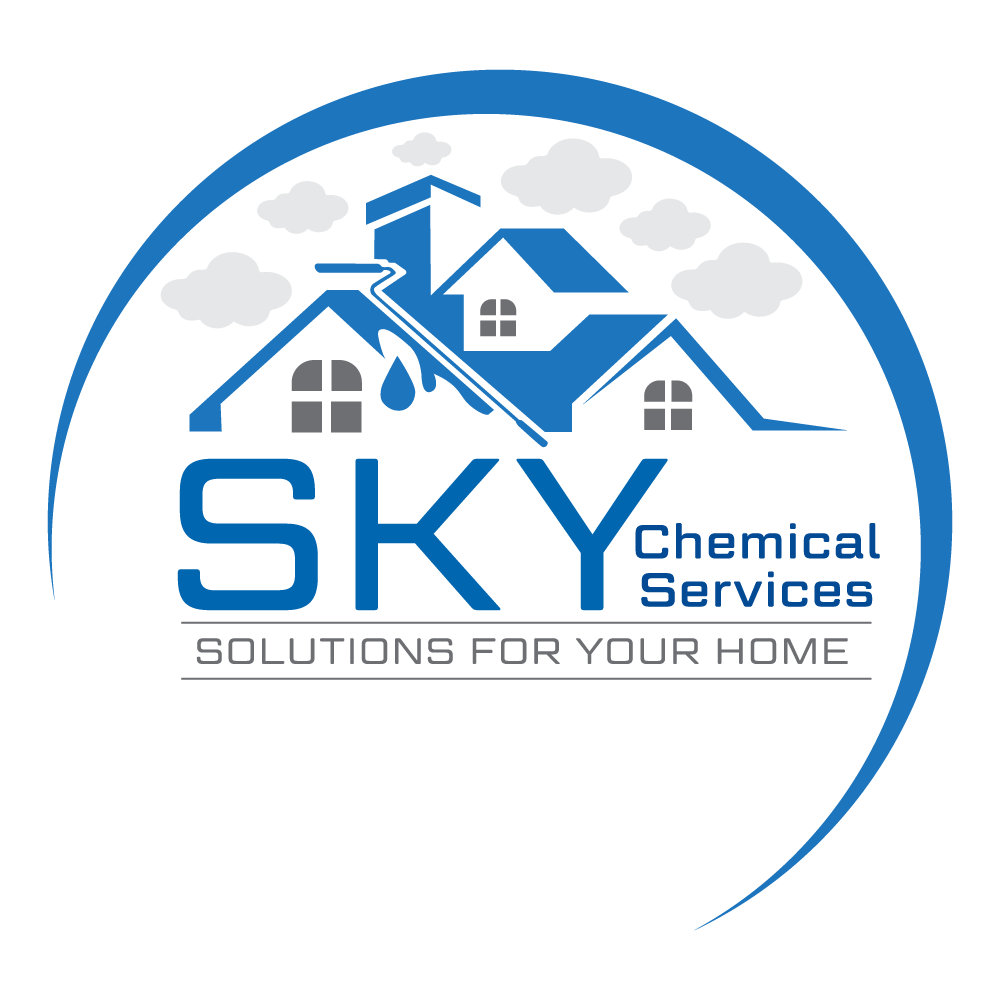Considering the preservation of your home from water damages, water proofing chemical will always have their say. They coating comes in the form of substances that keep water away from getting into your structures so as to avoid incurring losses through damages and mold formation. However, some questions may arise, for example: What does the term ‘‘water proofing chemical’’ mean? How does the process occur? It is time to swim in the sea of waterproofing chemicals and find out what actually makes your house more protected from wet.
What Are Waterproofing Chemicals
Waterproofing chemicals ‘are chemical products which have been developed to protect surfaces against water.’ There are many subtypes, e.g. liquid coatings, sealants of various types and additives which can be incorporated in other materials. Primarily, they are meant to form a barrier that will prevent water from penetrating walls, floors, and various structures of a building.
Types of Waterproofing Chemicals
- Waterproofing Sealants: These are applied directly to surfaces to create a water-resistant layer. Sealants are commonly used on masonry, concrete, and wood. They come in various types, such as silicone, polyurethane, and acrylic, each offering different levels of flexibility, adhesion, and durability.
- Liquid Membranes: Liquid waterproofing membranes are applied as a liquid that forms a continuous, seamless layer once it dries. These membranes are often used on roofs, foundations, and other high-risk areas. They are effective at covering cracks and joints, providing a robust defense against water intrusion.
- Cementitious Coatings: These coatings are made from cement-based materials and are applied to surfaces like concrete and masonry. They offer excellent adhesion and resistance to water, making them ideal for areas exposed to constant moisture.
- Waterproofing Additives: These chemicals are mixed with other construction materials, such as concrete or mortar, to enhance their water resistance. Additives can improve the performance of these materials, making them more durable and less prone to water damage.
How Do Waterproofing Chemicals Work?
Waterproofing chemicals work by creating a barrier that prevents water from penetrating surfaces. Here’s a basic overview of how they function:
- Surface Protection: When applied, these chemicals form a protective layer on the surface, filling in any gaps or cracks that could allow water to seep through.
- Water Repellency: Many waterproofing chemicals are designed to repel water, meaning that water beads up and rolls off the surface rather than soaking in.
- Durability: High-quality waterproofing chemicals are designed to withstand environmental conditions, such as UV exposure, temperature fluctuations, and physical wear, ensuring long-lasting protection.
Choosing the Right Waterproofing Chemical
Selecting the appropriate water proofing chemical depends on several factors, including the type of surface you need to protect, the level of water exposure, and the environmental conditions. For example, a silicone-based sealant might be ideal for a roof, while a cementitious coating could be better for a foundation. Consulting with a professional can help you determine the best product for your specific needs.
Conclusion
Water proofing chemical are an essential part of maintaining a dry, damage-free home. By understanding the types of chemicals available and how they work, you can make informed decisions about protecting your property from water damage. Whether you’re tackling a DIY project or seeking professional help, investing in high-quality waterproofing solutions can save you from costly repairs and ensure your home remains safe and dry. For expert guidance and top-notch products, consider reaching out to Sky Chemical Services to get the best solutions for your waterproofing needs.
